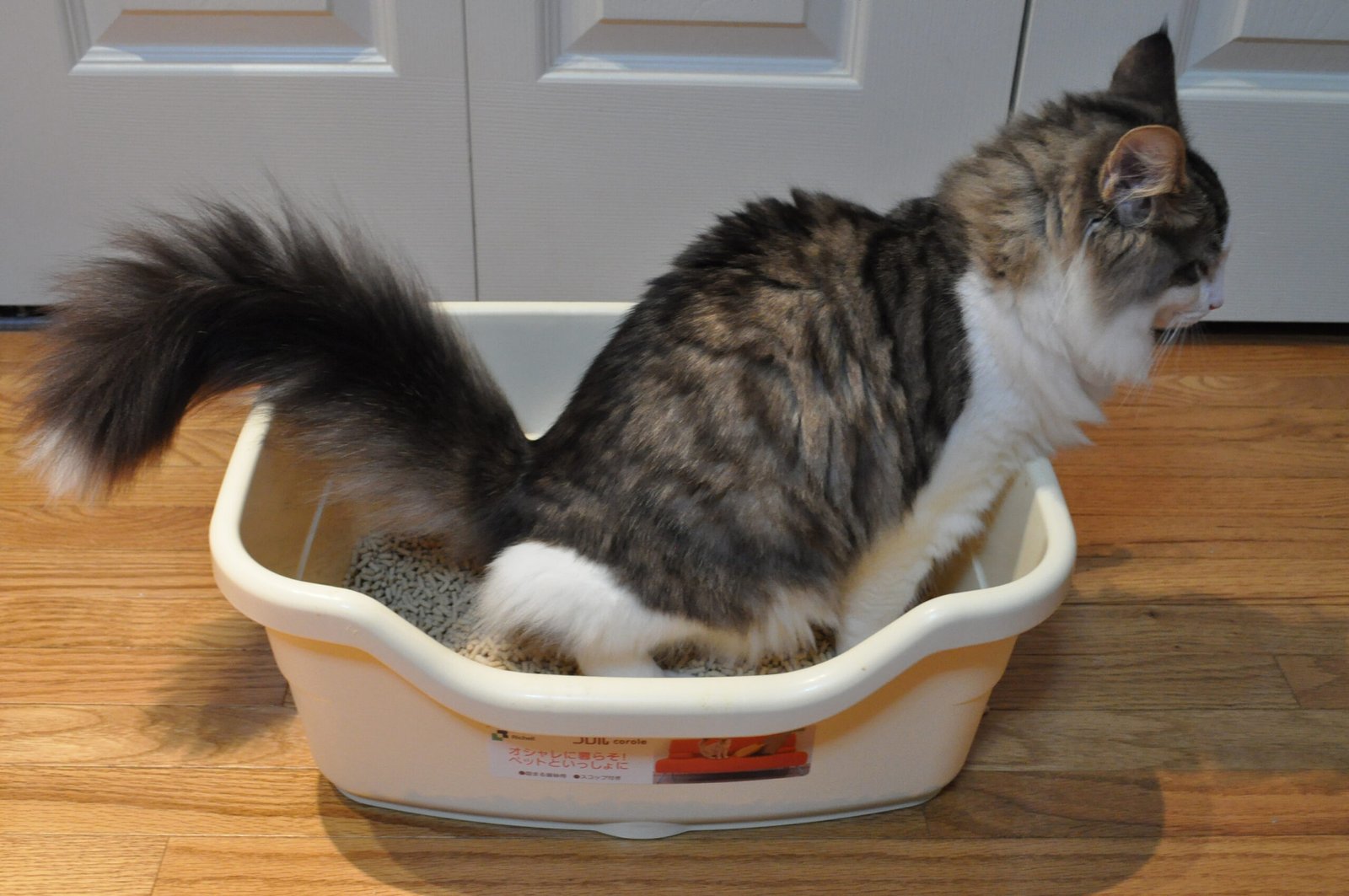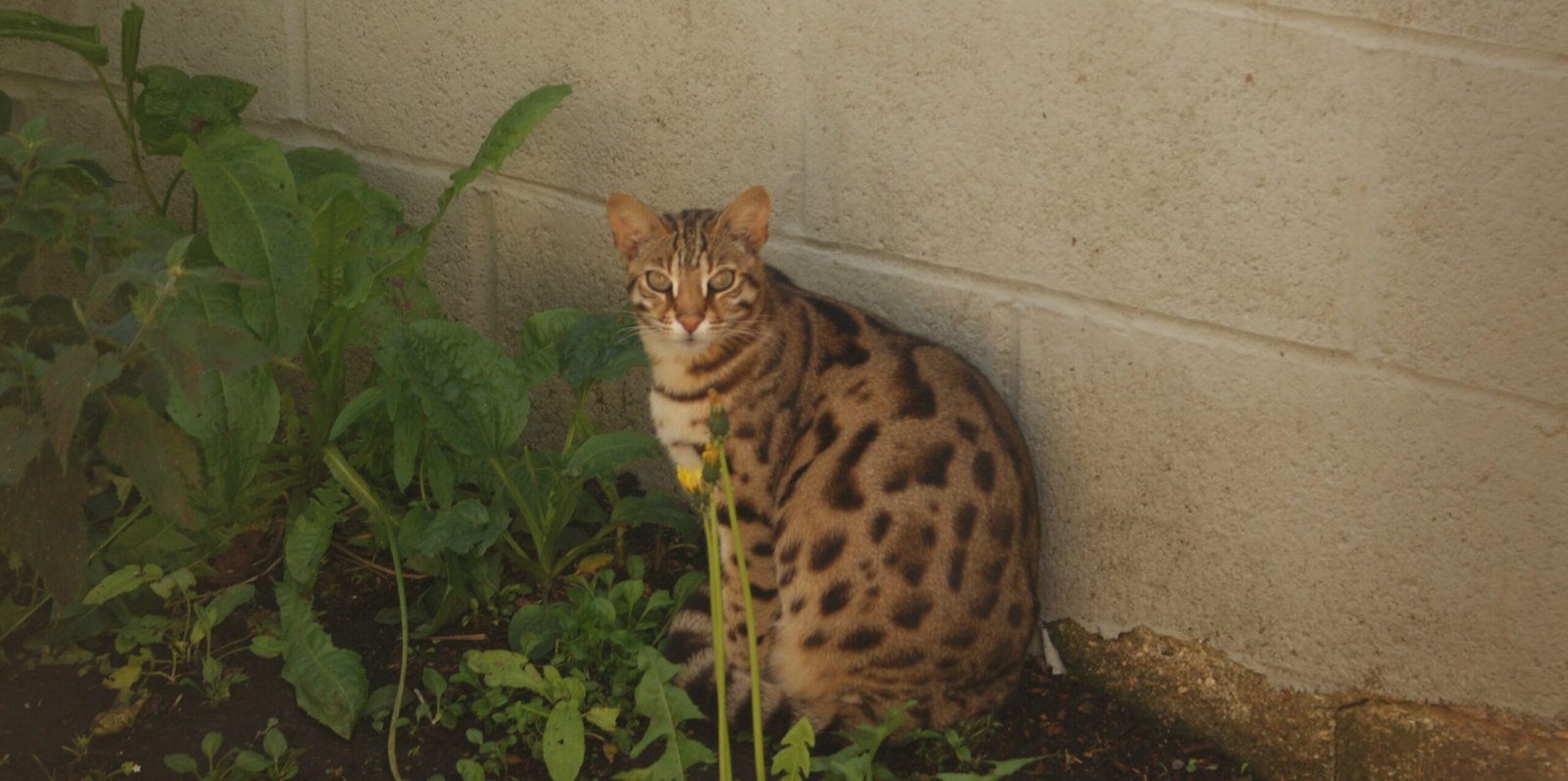Imagine a world where your cat never hides in fear, never slinks away at loud noises, and always greets you with a gentle purr. For so many cat lovers, the dream of a truly emotionally safe home for their feline friends feels just out of reach. But what if you could change that? What if you could transform your house into a sanctuary—one that soothes your cat’s spirit, builds trust, and turns every day into a peaceful adventure? Creating an emotionally safe environment for cats doesn’t require magic—just empathy, a dash of creativity, and a willingness to see the world through your cat’s curious eyes. Ready to discover the secrets of feline emotional well-being? Let’s dive in.
Understanding What Emotional Safety Means for Cats

Emotional safety for cats isn’t just about physical protection. It’s about creating an environment where your cat feels secure, loved, and in control. Cats are sensitive creatures, and their emotional needs can be surprisingly complex. Just like us, they crave comfort, predictability, and gentle affection. When a cat feels emotionally safe, it’s more likely to show its true personality, play confidently, and form deep bonds with you. On the flip side, a stressed or fearful cat may hide, act out, or even develop health issues. By focusing on emotional safety, you’re not just making your cat happier—you’re supporting its overall well-being.
Recognizing Signs of Stress and Fear in Cats

Cats are masters of disguise when it comes to showing stress. Sometimes it’s obvious, like hiding under the bed or hissing, but other times the signs are subtle. Watch for over-grooming, reduced appetite, or sudden changes in litter box habits. Some cats may become withdrawn or act aggressively when they’re scared. Even excessive meowing or destructive behavior can be a cry for help. By learning to read these signs, you can respond quickly and adjust your home to be more supportive. Remember, every cat is unique—what stresses one may not bother another at all.
Creating Safe Spaces for Retreat and Comfort

Every cat needs a private sanctuary to call its own. This could be a cozy cat cave, a box in a quiet corner, or a high perch where the world feels safe. Cats instinctively seek out places where they can watch without being seen. Provide a few options around the house—on shelves, inside closets, or behind furniture. Soft blankets, familiar scents, and a sense of privacy make these spaces truly comforting. If you have more than one cat, make sure each has its own retreat to prevent territorial disputes and ensure everyone feels secure.
Minimizing Loud Noises and Sudden Movements

Loud noises and abrupt movements can send even the bravest cat running for cover. Try to keep your home environment calm, especially during thunderstorms, parties, or when using noisy appliances. If you know a loud event is coming, like fireworks or construction, provide extra hiding spots and use calming music to mask the sounds. Move slowly and speak softly around your cat, especially if it’s new to your home. Sudden movements, even playful ones, can startle sensitive cats and break their trust.
Establishing Predictable Routines

Cats thrive on predictability. Regular routines help them know what to expect and reduce anxiety. Feed your cat at the same times each day, keep play sessions consistent, and stick to a familiar bedtime ritual. Even small changes, like moving a favorite chair or rearranging furniture, can throw off their sense of security. By establishing steady routines, you show your cat that its world is stable and safe. If you must make changes, do so gradually and give your cat time to adjust.
Providing Vertical Space for Exploration

Cats love to climb—it’s in their DNA. Vertical spaces like cat trees, shelves, or window perches let them observe their territory safely from above. These elevated spots offer both stimulation and a sense of security, especially in busy households or homes with children or other pets. Encourage your cat to use these spaces by placing treats or toys on higher levels. Not only does this satisfy their natural instincts, but it also gives them the confidence to explore the home on their own terms.
Offering Gentle and Respectful Handling

Respect is key when handling your cat. Some cats love cuddles, while others prefer a gentle petting session or simply sitting nearby. Always let your cat initiate contact, and watch for signs that it wants a break—like flicking its tail or flattening its ears. Avoid picking up or restraining your cat unless absolutely necessary. Forceful handling can erode trust and make your cat feel unsafe. Over time, gentle interactions build a foundation of trust, allowing your relationship to deepen.
Using Calming Scents and Pheromones

Scent is a powerful source of reassurance for cats. Familiar smells, like your clothing or their favorite blanket, help them feel at home. You can also use synthetic feline pheromones, which mimic the natural chemicals cats use to mark safe spaces. These are available as sprays, diffusers, or wipes, and can be especially helpful during stressful times like moving or introducing a new pet. A little lavender in the air (in moderation and never directly on your cat) can also create a soothing atmosphere.
Providing Enrichment and Play Opportunities

Boredom can be just as stressful as chaos. Keep your cat emotionally healthy with a mix of solo and interactive toys—think feather wands, puzzle feeders, and crinkly balls. Rotate toys regularly to keep things fresh and engaging. Playtime isn’t just about fun; it’s also essential for building confidence and reducing anxiety. Try setting aside time each day for play, using your cat’s favorite toys to encourage pouncing, chasing, and exploring. Afterward, offer a treat or gentle praise to reinforce positive experiences.
Respecting Your Cat’s Unique Personality

No two cats are exactly alike. Some are bold and outgoing, while others are shy and cautious. Take time to observe your cat’s preferences—does it love being around people, or does it prefer solitude? Does it crave adventure, or does it find comfort in routine? By respecting your cat’s individuality, you create a home where it feels valued and understood. Never force your cat into situations that make it uncomfortable. Instead, support its choices and give it the freedom to express itself.
Managing Interactions with Other Pets

If you have multiple pets, peaceful coexistence is crucial for emotional safety. Introduce new animals gradually, using scent swapping and supervised visits to prevent territorial disputes. Make sure each pet has its own resources—food bowls, litter boxes, and sleeping spots—to avoid competition. Watch for signs of bullying or stress, and intervene gently if tensions rise. Sometimes, separating pets during mealtime or playtime can prevent conflict and help everyone feel more secure.
Making Litter Boxes Accessible and Inviting

Litter box issues are often a sign of emotional distress. Place boxes in quiet, accessible locations away from noisy appliances or high-traffic areas. Keep them clean and odor-free—cats are fastidious creatures and may refuse to use a dirty box. If you have more than one cat, provide at least one box per cat, plus one extra, to prevent territorial disputes. Covered boxes may offer privacy, but some cats prefer open ones where they can see their surroundings. Pay attention to your cat’s preferences and adjust as needed.
Supporting Positive Human-Cat Relationships

Building a strong bond with your cat is the cornerstone of emotional safety. Spend quality time together, whether it’s cuddling on the couch, brushing its fur, or simply sharing a quiet moment. Talk to your cat in a soothing voice, and use treats or gentle play to reinforce positive interactions. Avoid punishment or yelling—these only create fear and erode trust. Instead, focus on patience, understanding, and love. Over time, your cat will come to see you as its safe haven.
Reducing Household Stress and Tension

Cats are highly attuned to the emotions of their human family. If your home is filled with tension, arguments, or chaos, your cat will pick up on it and may become anxious. Try to maintain a calm, peaceful environment. Practice mindfulness or relaxation techniques, and encourage other household members to do the same. Even small changes—like lowering your voice or playing soft music—can make a big difference in your cat’s sense of security.
Ensuring Comfortable Temperature and Lighting

A comfortable home environment is about more than just furniture. Make sure your cat has access to warm, sunny spots in winter and cool, shady areas in summer. Avoid placing beds or litter boxes near drafty windows or noisy radiators. Soft, natural lighting is soothing to cats, while harsh overhead lights can be unsettling. Use curtains or blinds to create cozy, inviting spaces, and consider adding a nightlight if your cat is nervous in the dark.
Offering Consistent and Nutritious Meals

The way you feed your cat can have a big impact on its emotional well-being. Serve meals at the same times each day, and use high-quality, nutritious food that meets your cat’s needs. Avoid sudden changes in diet, which can cause stress or digestive upset. Some cats appreciate the ritual of watching you prepare their food, while others like to eat in private. Pay attention to your cat’s preferences and adjust accordingly to make mealtime a positive experience.
Allowing for Gradual Change and Adjustment

Cats don’t always handle change well. Moving to a new home, introducing a new family member, or even rearranging furniture can be unsettling. When change is unavoidable, give your cat time to adjust. Offer extra comfort and reassurance, and keep familiar items—like favorite beds or toys—within easy reach. Use pheromone diffusers or calming music during particularly stressful times. Patience is key; most cats will adapt in their own time if they feel loved and supported.
Providing Regular Veterinary Care

Physical health and emotional well-being go hand in hand. Regular veterinary checkups ensure that your cat is healthy and free from pain or illness, which can contribute to stress or behavioral issues. Keep vaccinations and parasite treatments up to date, and address any concerns—like changes in appetite or behavior—promptly. A healthy cat is a happy cat, and knowing that you’re looking out for its well-being will help your pet feel safe and cared for.
Encouraging Gentle Socialization

Socialization should always be a positive experience. Start slowly, especially with kittens or shy cats, and reward calm behavior with treats or praise. Invite friends over one at a time, and let your cat approach at its own pace. Never force interactions or overwhelm your cat with new people or situations. Over time, gentle socialization builds confidence and helps your cat feel comfortable in a variety of settings. Celebrate small victories—every step forward is progress.
Recognizing and Respecting Boundaries

Every cat has its own boundaries, and respecting them is critical for emotional safety. Watch for signals—like turning away, swishing the tail, or moving to another room—that your cat needs space. Never punish or scold your cat for setting limits. Instead, honor its choices and let it come to you when it’s ready. This respect forms the foundation of trust and encourages your cat to seek out your company on its own terms.
Celebrating Small Victories and Progress

Building emotional safety is a journey, not a destination. Celebrate every small victory—whether your cat finally comes out to greet visitors, plays with a new toy, or simply naps contentedly in a sunny spot. Keep a journal of your cat’s progress, and remind yourself that patience and consistency are key. Share your successes with fellow cat lovers, and don’t be afraid to ask for help if you encounter challenges. Every step you take brings your cat closer to a life filled with trust, love, and happiness.
Hi, I’m Bola, a passionate writer and creative strategist with a knack for crafting compelling content that educates, inspires, and connects. Over the years, I’ve honed my skills across various writing fields, including content creation, copywriting, online course development, and video scriptwriting.
When I’m not at my desk, you’ll find me exploring new ideas, reading books, or brainstorming creative ways to solve challenges. I believe that words have the power to transform, and I’m here to help you leverage that power for success.
Thanks for stopping by, Keep coming to this website to checkout new articles form me. You’d always love it!






